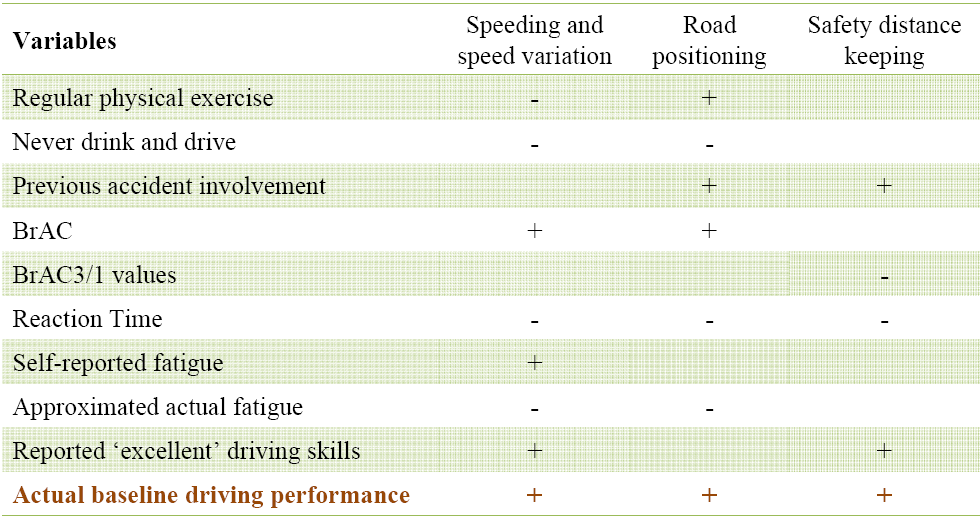
Young people who drink and drive have a relatively higher risk of crash involvement for all BrAC ranges. However, not all aspects of alcohol consumption on young driver behavior have been sufficiently addressed, especially the differentiated effect of alcohol on their driving performance. Young driver behavior under the influence of alcohol is explored within this research by the use of a driving simulator experiment where participants were subjected to a common pre-defined dose of alcohol consumption. Comparing behavior before and after consumption as well as across individuals and different BrAC levels allows for interesting insights on driver behavior, as well as for suggestions regarding policy interventions. Results indicate strong differences across individuals mainly because of differentiated driving experience and baseline driving skills. They also designate reaction time and speeding as the most robust alcohol impairment indicators affecting driver choices directly. Most importantly, results suggest that the BrAC-speed curve across individuals is not monotonic over all BrAC intervals.
| ID | pc120 |
| Presentation | |
| Full Text | |
| Tags | alcohol, driver behaviour, driving simulator, statistical modelling, young drivers |







